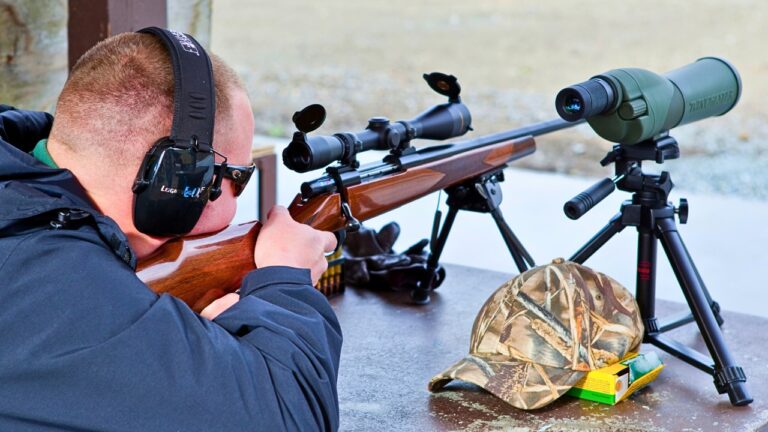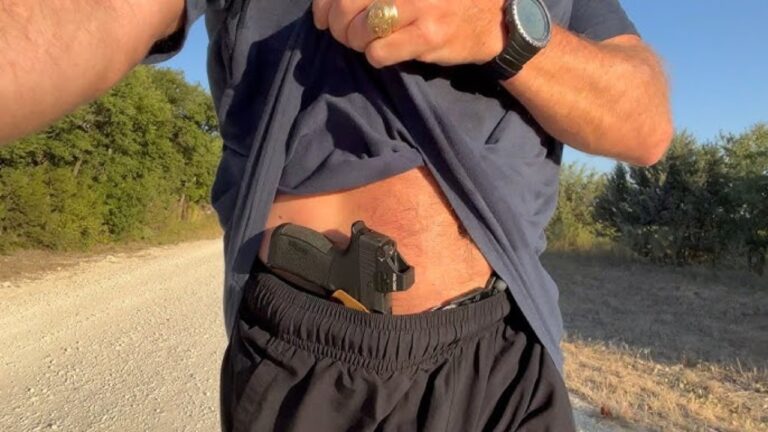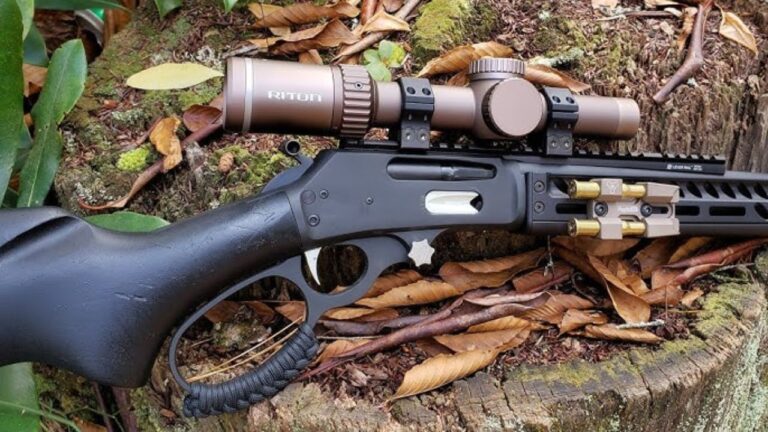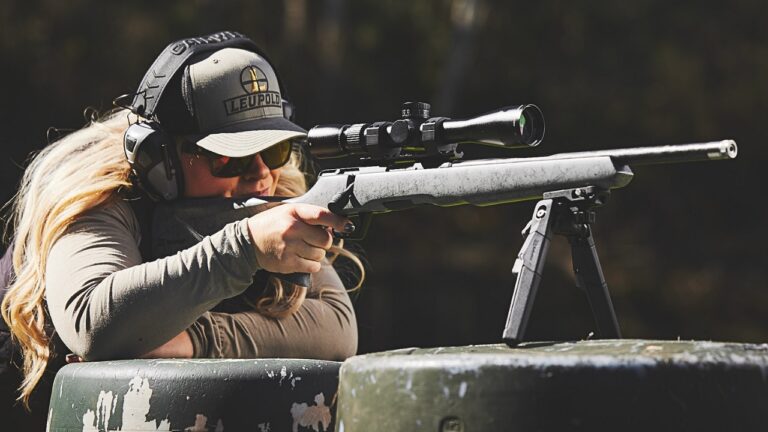You’ve seen the shelves lately. Poly-framed pistols with striker-fired triggers dominate everything from duty holsters to nightstands. Lightweight, modular, optics-ready—those are the buzzwords these days. But if you’ve spent any real time behind the trigger, you already know there’s something about the old-school guns that still matters. The Sig P226 isn’t lightweight. It doesn’t flex. And it sure doesn’t apologize for being a full-size metal gun with a hammer. But it keeps showing up on hips, in safes, and at training courses for one reason—it works. And it still feels like a real fighting gun in your hands.
The metal frame still matters
Pick up a P226 and you’ll immediately notice the weight. That all-metal frame gives the gun a solid, planted feel that most polymer guns can’t match. It helps soak up recoil and makes follow-up shots quicker. You feel more connected to it. Sure, it’s heavier to carry all day, but once you start shooting, you understand why people still run it. That added heft makes it easier to stay on target, especially when you’re pushing speed or shooting through tight drills. If you like a gun that settles into your grip and stays there, the P226 checks that box.
Accuracy you don’t have to fight for
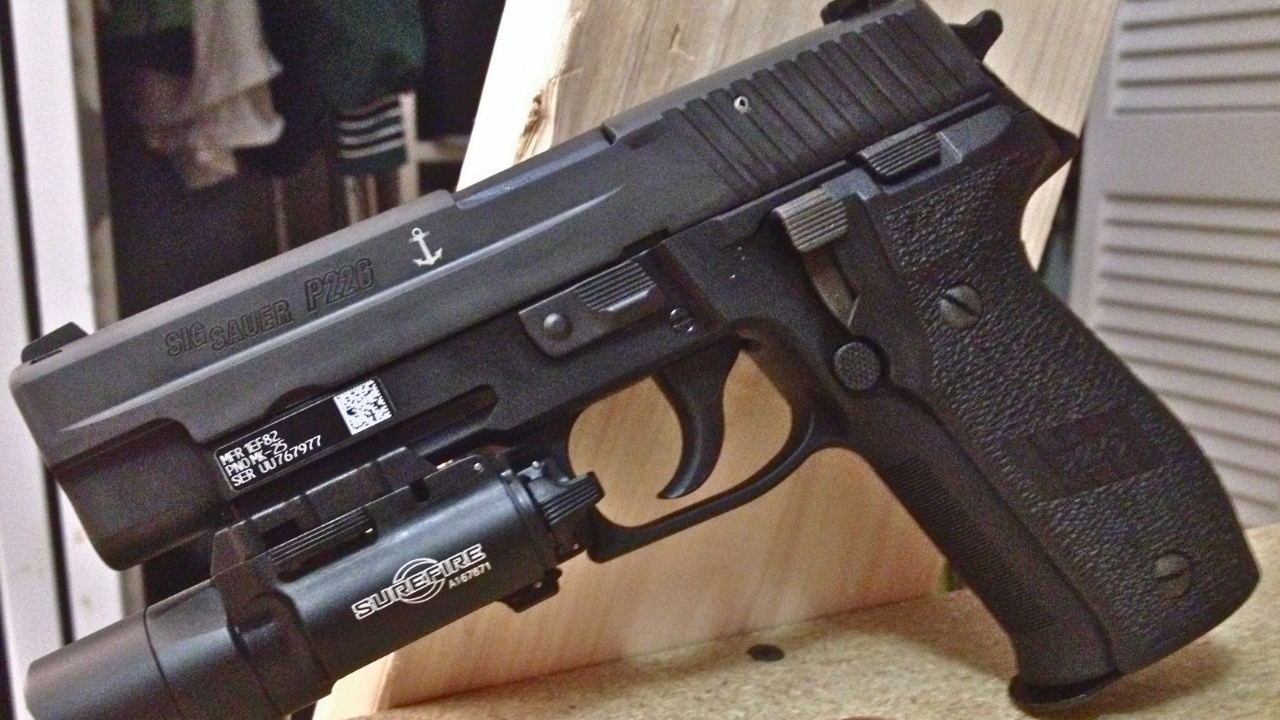
Some pistols require you to work for accuracy. The P226 isn’t one of them. The trigger, the balance, and the barrel lockup all come together in a way that helps most shooters punch tighter groups with less effort. The double-action pull is long but smooth, and once you’re in single-action, it’s crisp and easy to control. The sight radius is generous. The slide cycles flat. It’s the kind of gun that rewards good mechanics but also forgives small errors. That’s why you see it on the hips of shooters who still value fundamentals over fads.
The trigger gives you more control
Striker-fired guns are everywhere now, and they’re fine for what they are. But the P226’s DA/SA setup gives you more nuance once you know how to run it. You’ve got a longer, deliberate first shot and then a short, clean follow-up. That transition can take practice, but once you’ve got it down, it gives you more options—especially in real-world shooting. You can press that first shot safely without relying on passive safeties or trigger tabs. And once you’re into single-action, it’s easy to stay precise. For shooters who actually train, the DA/SA system offers real advantages.
Proven reliability through decades of hard use
There’s a reason the Navy SEALs carried the P226 for years. It wasn’t because it looked cool. It was because it ran in every environment they threw it into—saltwater, sand, mud, cold, and heat. That reputation wasn’t built in a lab or marketing video. It came from real-world use. The P226 has been fielded by dozens of military and law enforcement agencies, and it’s earned its place by staying reliable under pressure. When you stake your life on a pistol, it better work every time. The P226 has done that for decades without needing the spotlight.
It fits real hands like a duty gun should
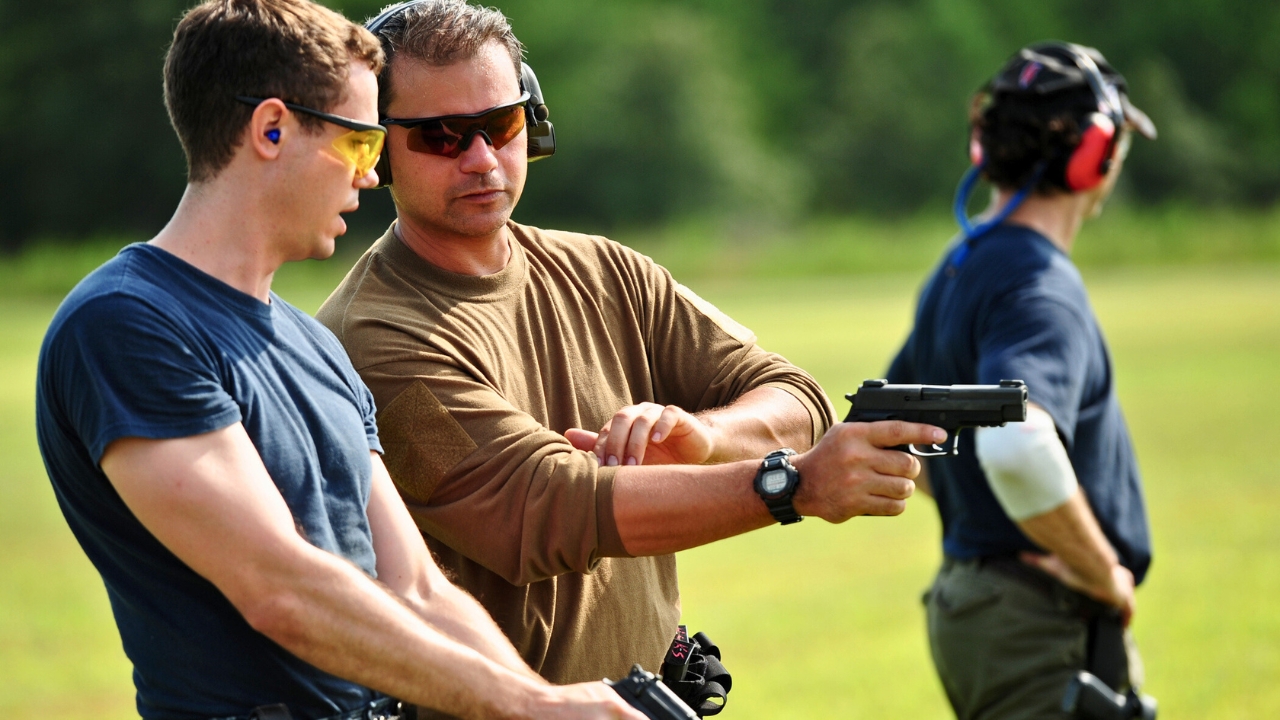
Ergonomics aren’t everything, but they matter. The P226 grip fills the hand without feeling bulky. The undercut under the trigger guard lets you get a high grip. The controls are exactly where you expect them to be, and the decocker is easy to hit without shifting your hand. It points naturally and stays stable in rapid strings. Polymer guns can get close, but there’s a different feel when the frame has weight and balance behind it. You don’t have to fight the recoil or adjust your grip every few shots. It stays put, and that matters when things speed up.
Built to handle thousands of rounds
The P226 wasn’t designed as a weekend range toy. It was made to handle the kind of round counts that come with serious training and real-world work. The slide-to-frame fit is tight without being finicky, and the internal parts can take a beating without losing function. If you’re running decent ammo and keeping it maintained, you’ll get tens of thousands of rounds out of one before needing to worry. And when you do need parts? They’re still out there. You won’t wear this gun out easily, and that’s more than you can say for a lot of newer designs.
It doesn’t need to follow the trends
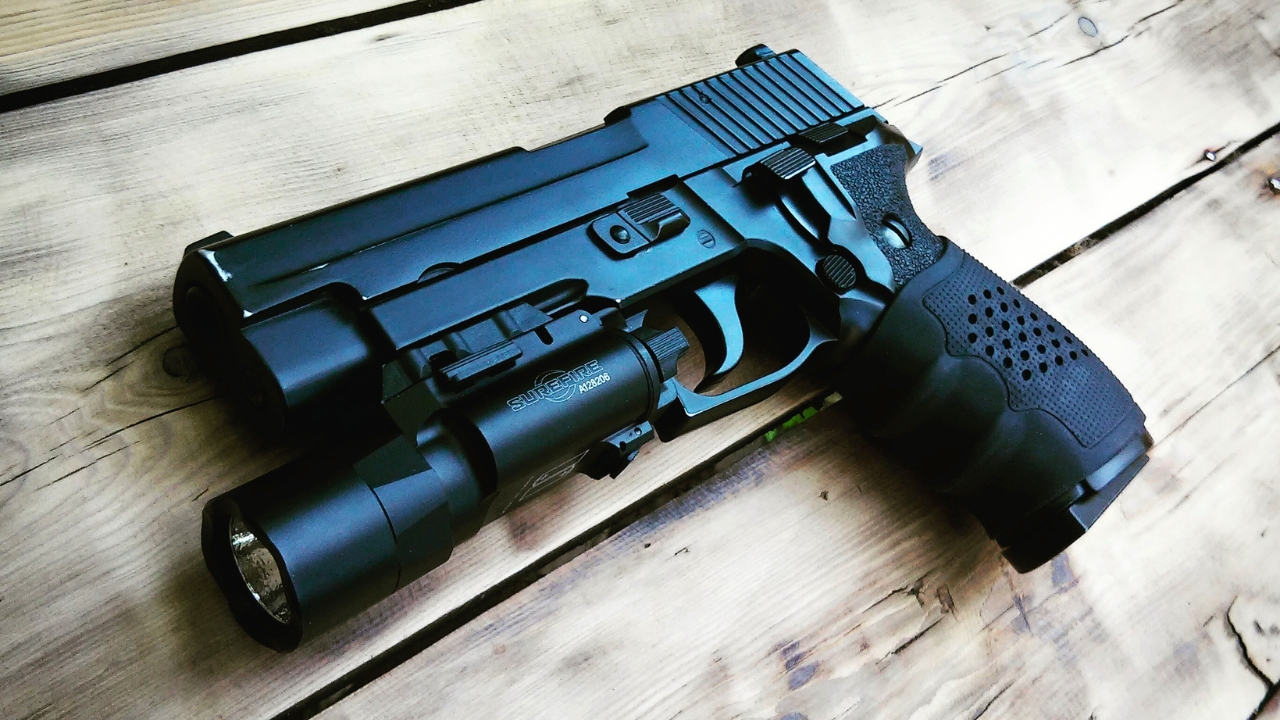
Everyone’s chasing red dots, threaded barrels, compensators, and optic cuts. And the P226 can be configured that way if you want—but it doesn’t have to be. Bone stock, it still holds its own. You don’t have to add extras to make it shoot well. You don’t need a $300 trigger kit to get it usable. That’s the beauty of the design—it was built right the first time. You can modernize it, sure, but you don’t need to. It runs fine the way it is, and that’s rare these days. Not every gun needs to keep up with every trend to stay relevant.
You feel like you’re carrying a real weapon
This one’s hard to explain until you’ve carried both. Poly guns are easier on the belt, no doubt. But the P226 feels like a real sidearm. There’s weight behind it. Purpose. It doesn’t feel like a duty toy—it feels like something you could count on if the lights went out or if a job went sideways. It makes you slow down, shoot better, and respect the weapon more. If you’re someone who takes shooting seriously and wants a tool that reflects that mindset, the Sig P226 still earns its spot—even in a world full of polymer and shortcuts.
Like The Avid Outdoorsman’s content? Be sure to follow us.
Here’s more from us:
Calibers That Shouldn’t Even Be On the Shelf Anymore
Rifles That Shouldn’t Be Trusted Past 100 Yards
*This article was developed with AI-powered tools and has been carefully reviewed by our editors.

